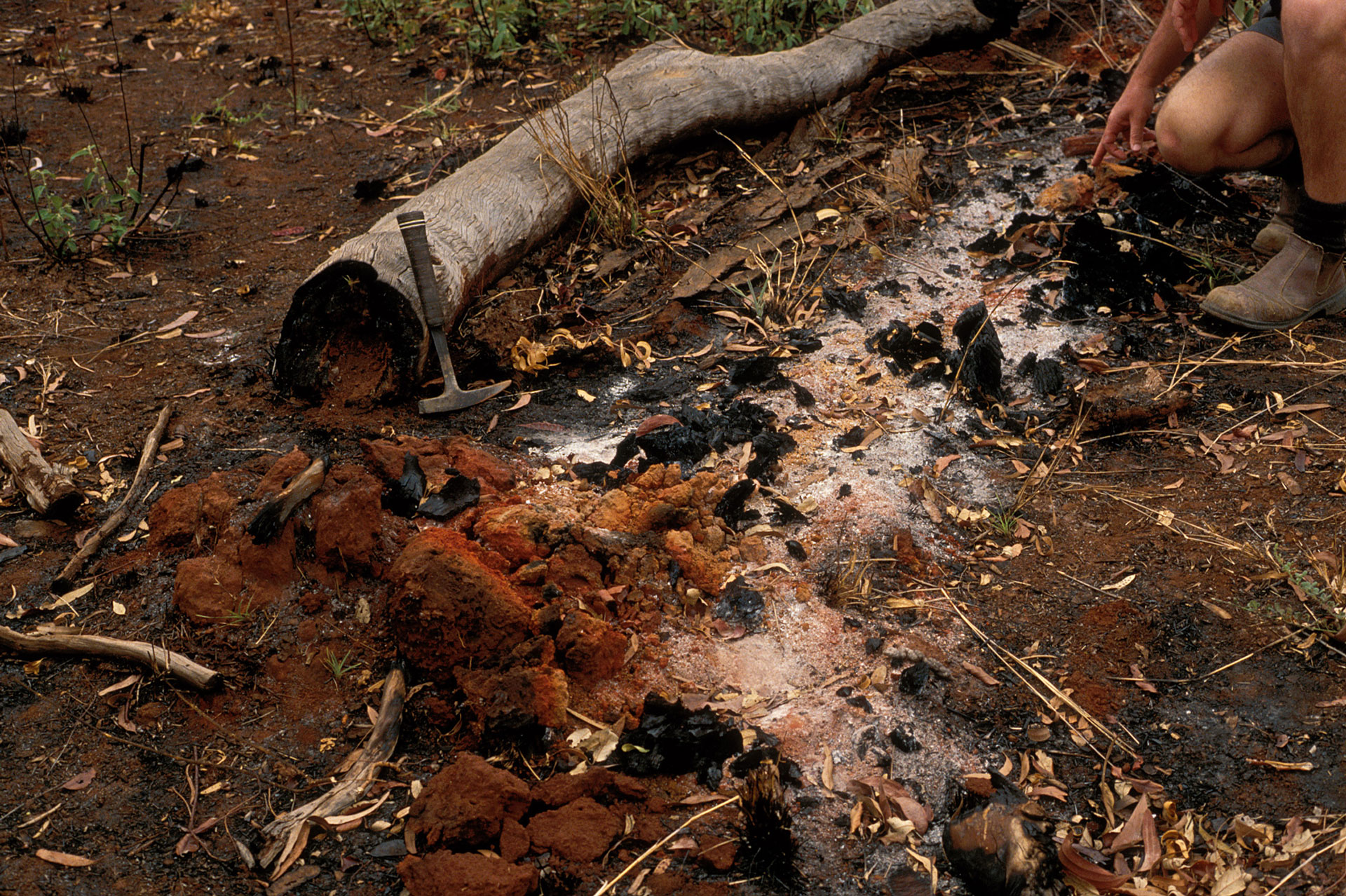Media release
From: Australian Academy of ScienceWith much of the nation focused on the loss of lives and the destruction of property and wildlife from last summer’s bushfires, the significant damage to Australian soil may have gone unnoticed by many.
With our agricultural productivity and the recovery of native vegetation now at stake, soil experts say that more work is crucial to helping this essential resource recover. They are also calling for a nationally consistent approach to the way soil data is collected, stored and accessed.
The recommendations are part of a bushfire expert brief, ‘Soil Conditions After Bushfires’, published today by the Australian Academy of Science.
Academy Fellow Professor Alexander McBratney, was one of the experts who contributed to the document.
“The bushfires severely damaged millions of hectares of land, not just above ground but the soil beneath us. This has clear implications for soil fertility, Australia’s agricultural productivity and the recovery of native vegetation,” said Professor McBratney, who is based at the University of Sydney.
“As a nation we can do more to monitor our soils. Post-bushfires there are opportunities to improve and implement initiatives to better manage Australian soils as we develop a soils recovery plan.
“A nationally consistent framework for soil data collection, storage and accessibility is important to provide the scientific evidence that underpins policy development,” Professor McBratney said.
The expert brief discusses the effects of bushfires on soil condition. It also highlights research that has found significantly lower nutrient levels, such as phosphate and nitrate, in the soil for up to 80 years following a fire event. Changes to nutrient levels can result in severe deterioration to soil condition with major ecological and functional implications.
At a bush summit last year, Australia’s Prime Minister Scott Morrison acknowledged that Australia’s soils are under strain and highlighted the benefits and importance of good soil management.
Fellow of the Australian Academy of Technology and Engineering, Professor Rob Fitzpatrick from the University of Adelaide, also contributed to the expert brief.
“We need to accurately monitor our soils and ecosystems before fires, and start documenting fire intensity and severity and ensure soil assessment and management are integrated fully into bushfire recovery programs,” Professor Fitzpatrick said.
“The successful recovery of Australia’s soil condition also extends further than the immediate soil ecosystem,” he said.
“Interlinked systems such as biodiversity and conservation programs, agricultural and horticultural industries, and broader ecosystem services will also benefit from better monitoring and management of soil condition.
“We look forward to working with the National Advocate for Soil Health, Major General Michael Jeffery, state governments and other stakeholders, on initiatives to better manage Australian soils.”
The Soil Conditions After Bushfires brief is the first in a series that will be published by the Australian Academy of Science in the coming weeks. Future briefs will cover topics including wildlife monitoring, ecosystem services, human health, and remote sensing and data availability.


